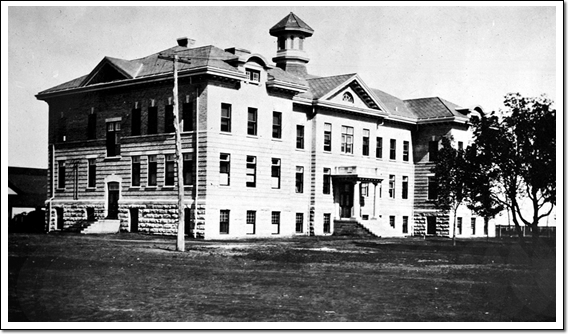Provincial officials, Indigenous leaders, elders and survivors attended ceremonies at a former residential school in Portage la Prairie on Wednesday.

The event was held to identify, commemorate and protect burial sites of Manitoba children who were part of the residential school system.
“We will continue to survive…. We will continue to flourish,” Métis survivor Charlotte Nolin said at the ceremony.

Many survivors shared their stories, including Eleanor Elk, a Dakota residential school survivor.

“We as Indigenous people… we need to go on,” said Elk. “Indigenous people are strong with our prayers.”
The Manitoba government announced $2.5 million in funding, which it promised last year to help find and commemorate unmarked graves at former residential schools.
The money will be distributed among the Assembly of Manitoba Chiefs, the Manitoba Metis Federation and the Manitoba Inuit Association.
The former residential school in Portage La Prairie closed its doors in 1975 and was designated a national historic site in 2020.

Thanks to technology such as ground-penetrating radar, two more Manitoba First Nations recently joined the ever-growing list of communities across the country where possible graves have been discovered at sites of former residential schools.
Sagkeeng First Nation found 190 anomalies in the soil, while six anomalies were found at Minegoziibe Anishinabe First Nation last week.
Initial radar data suggests some of the anomalies could fit the criteria for buried remains, but more information is needed.
A 24/7 support line is available for residential school survivors and their families: the Residential School Survivor Support Line 1-866-925-4419








Comments